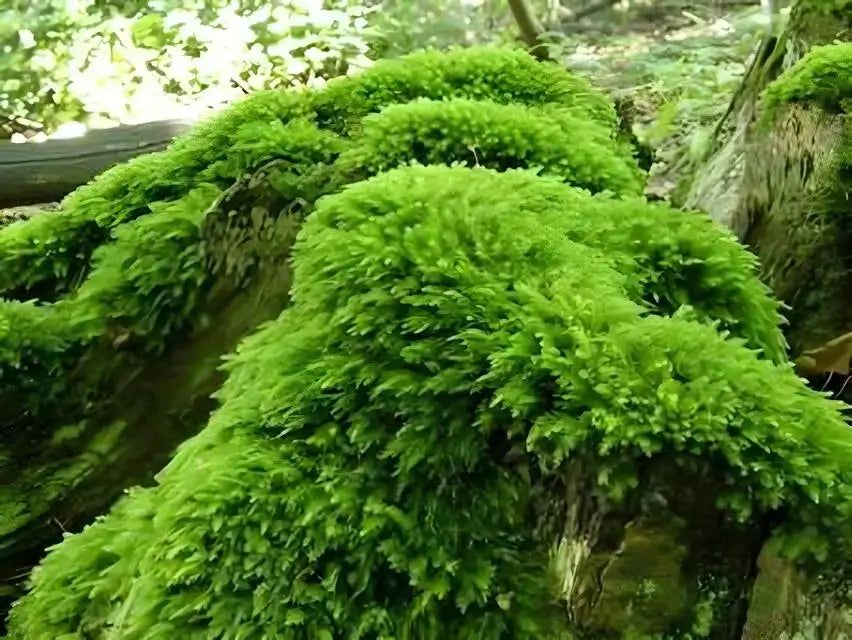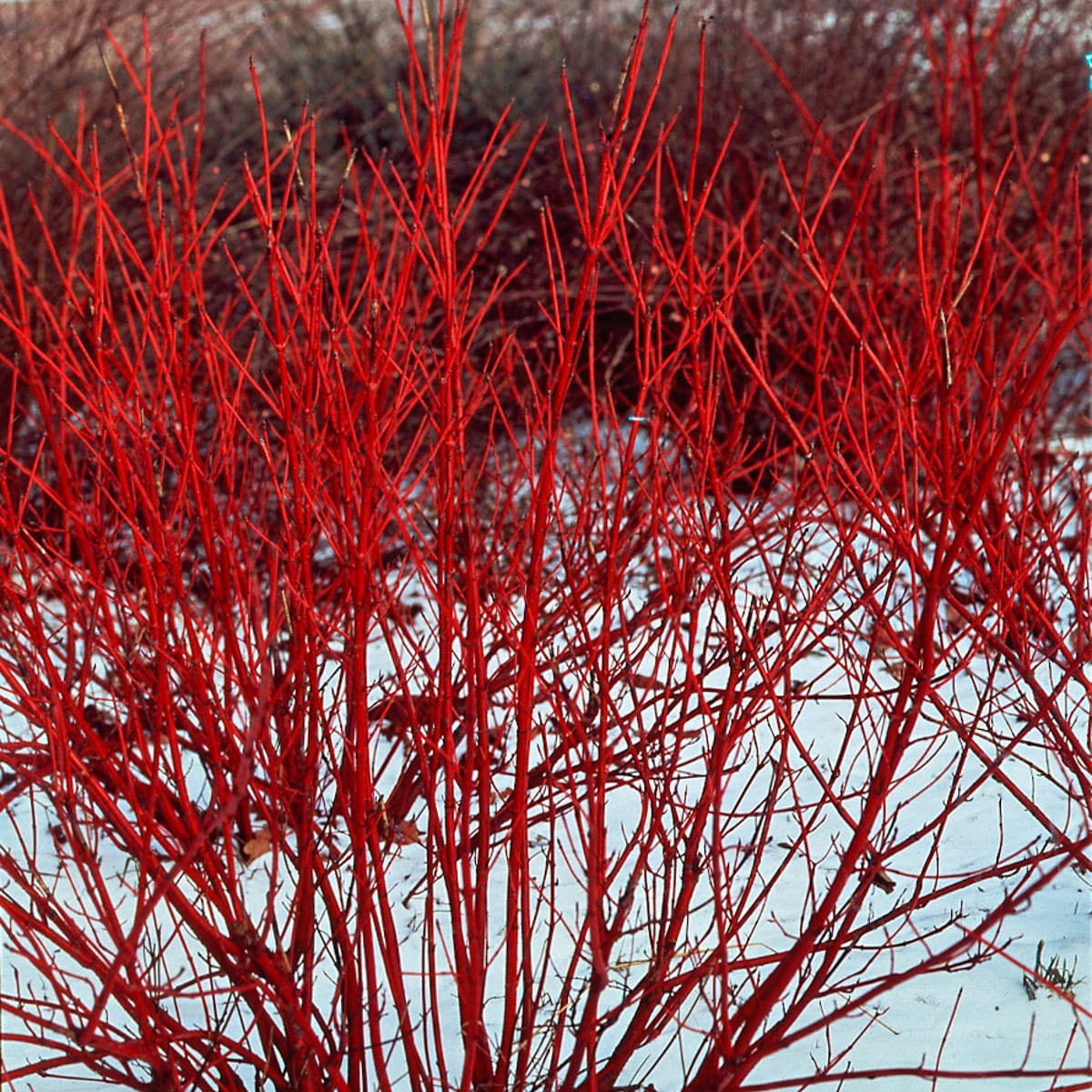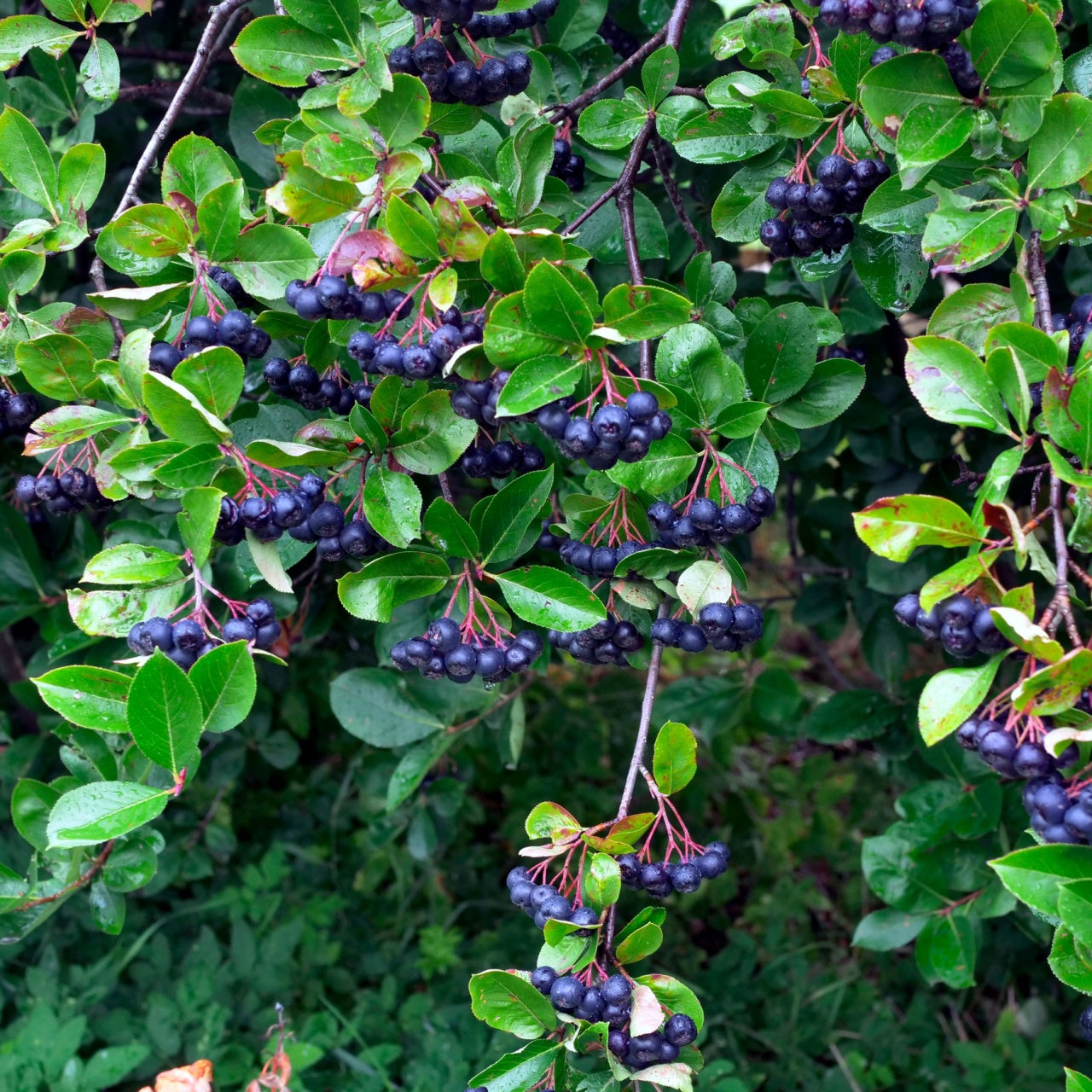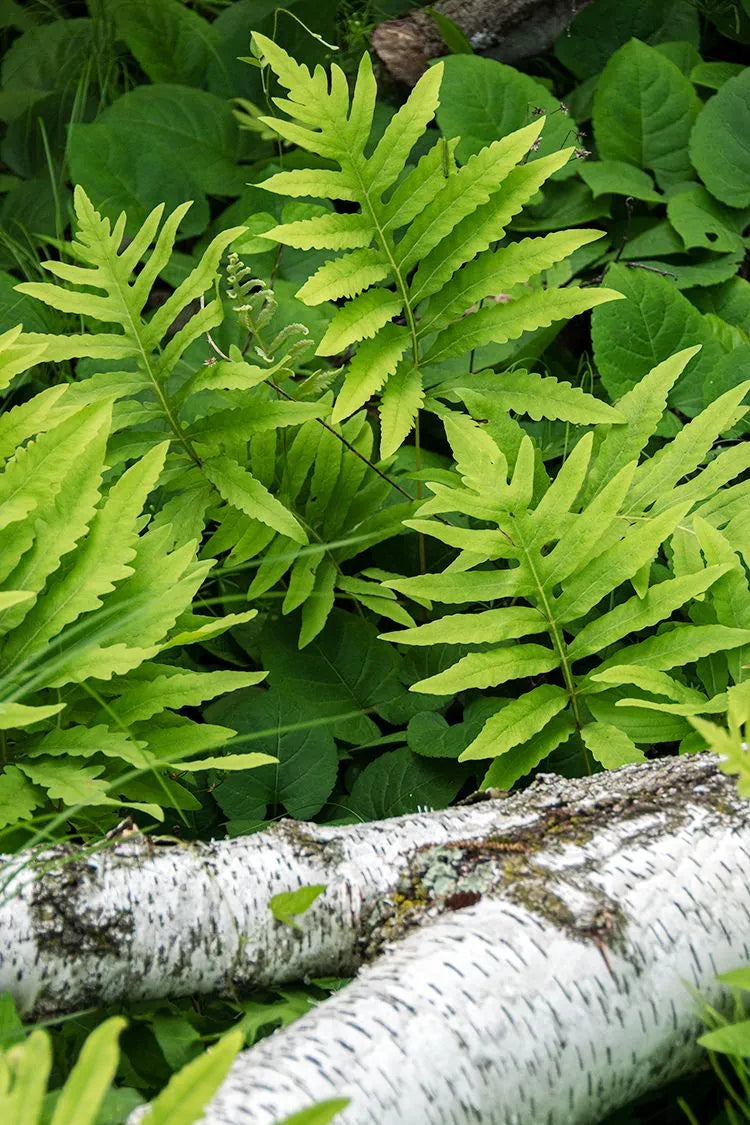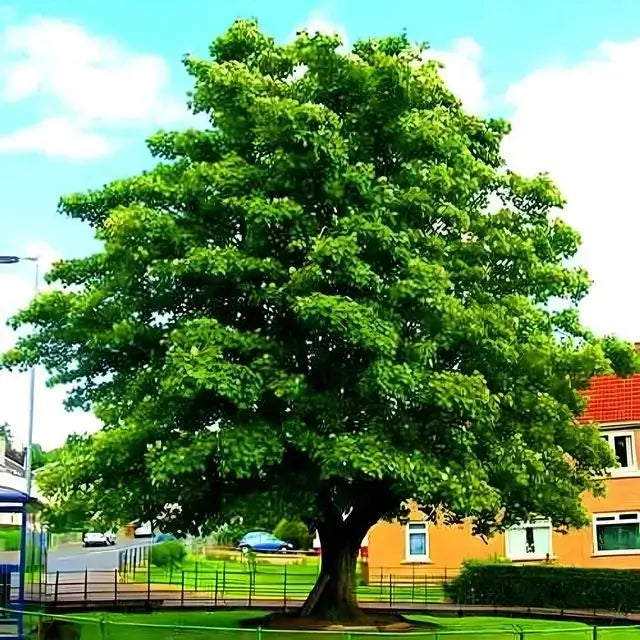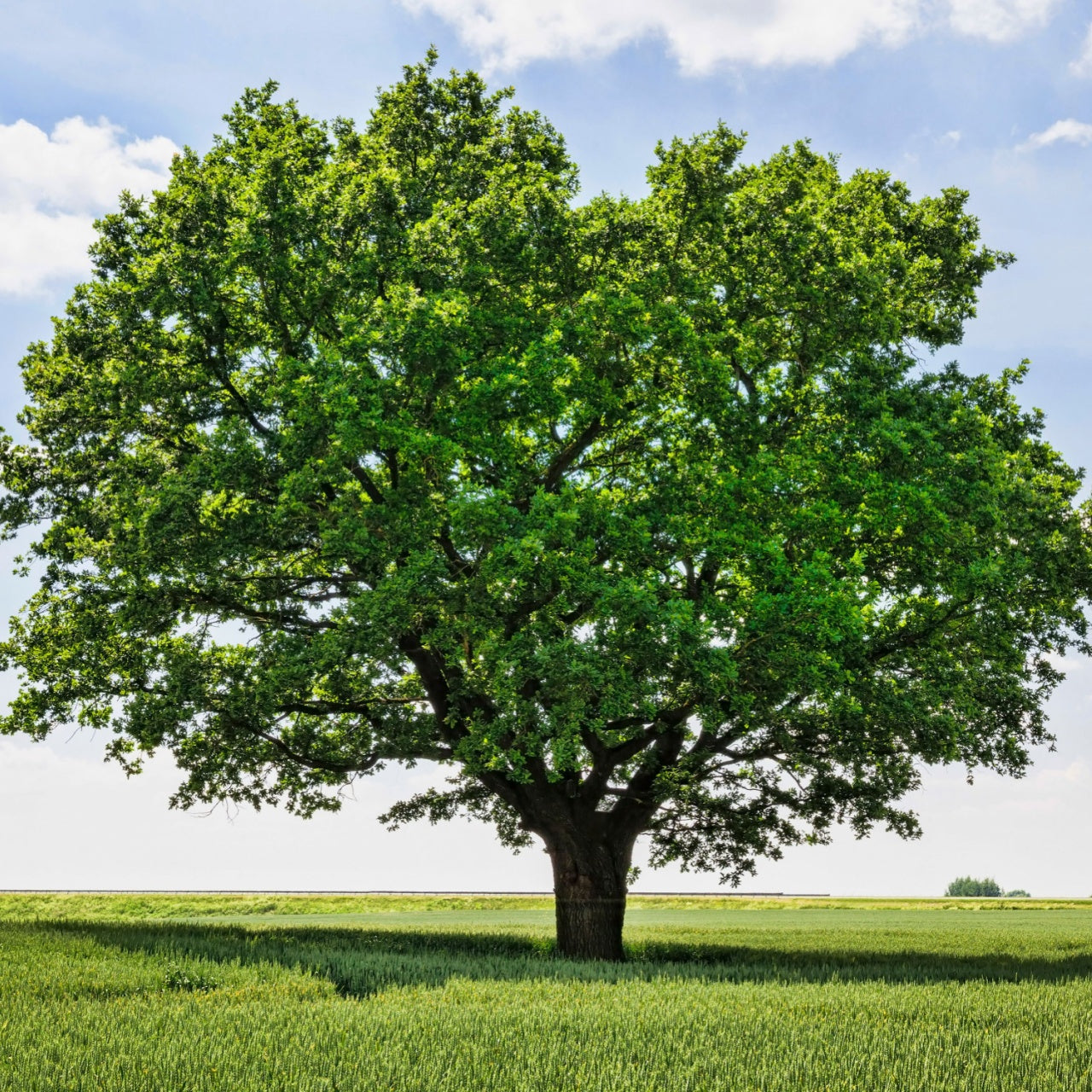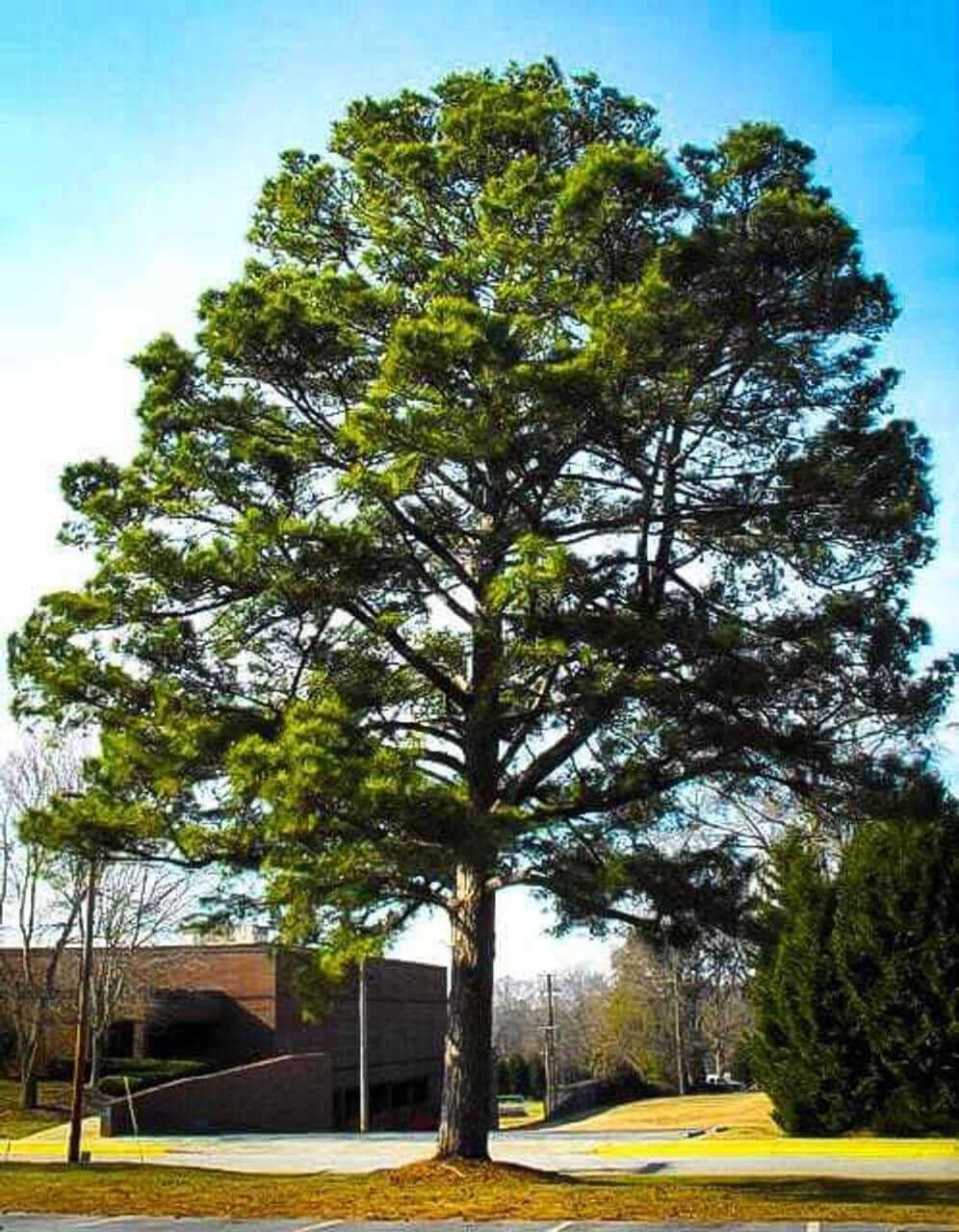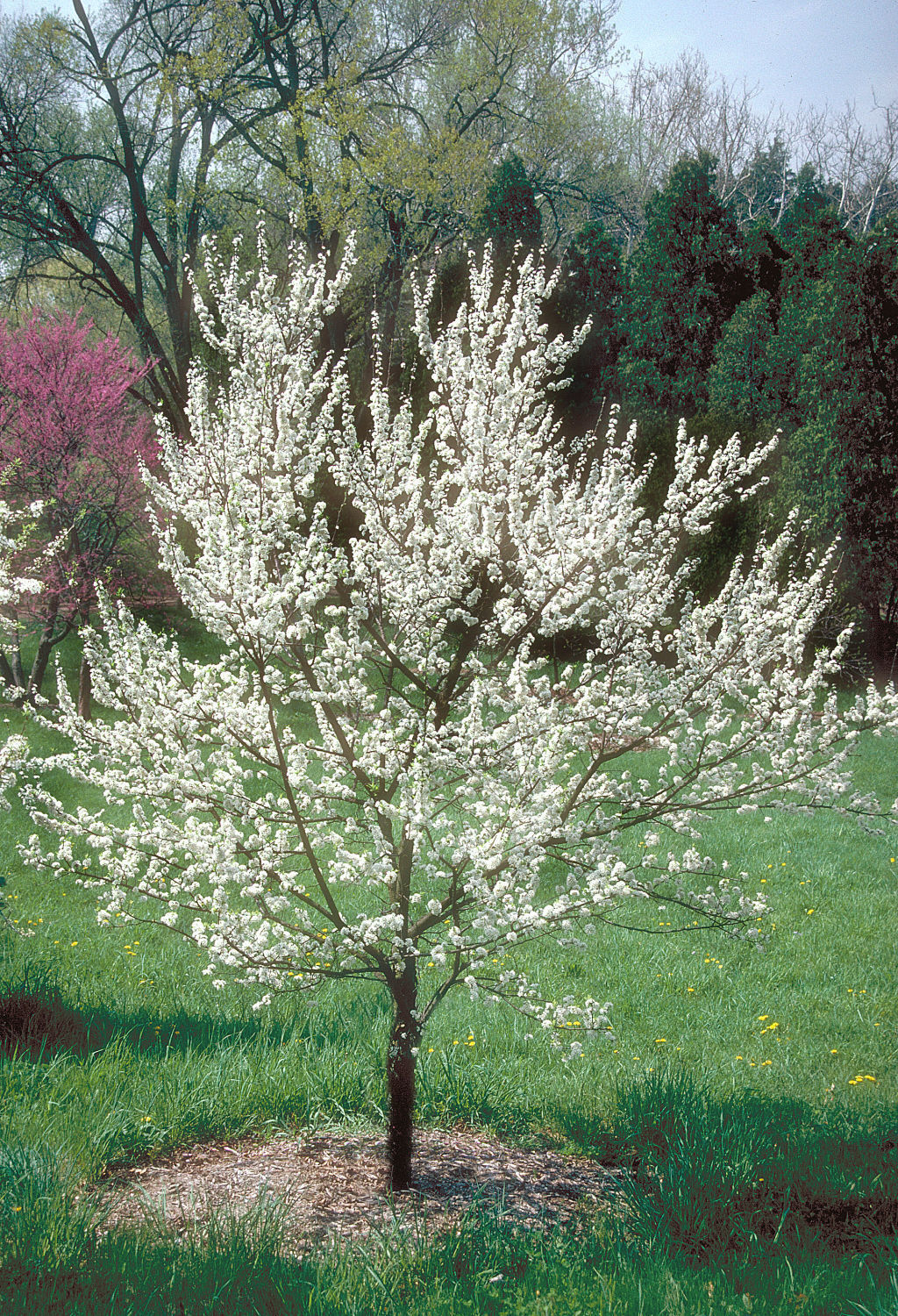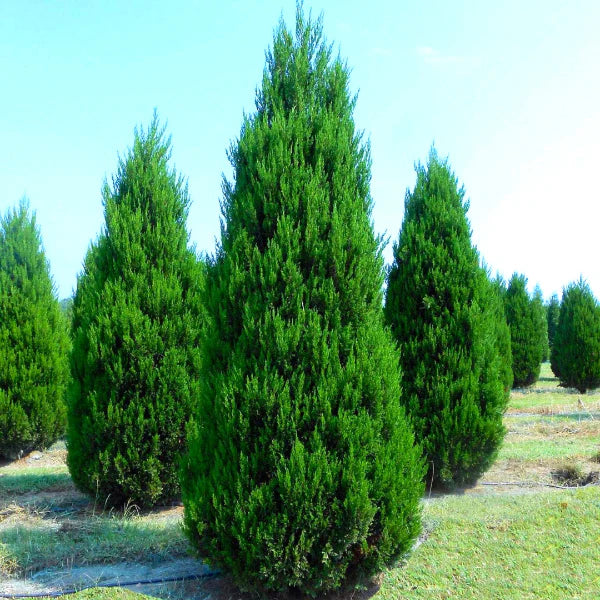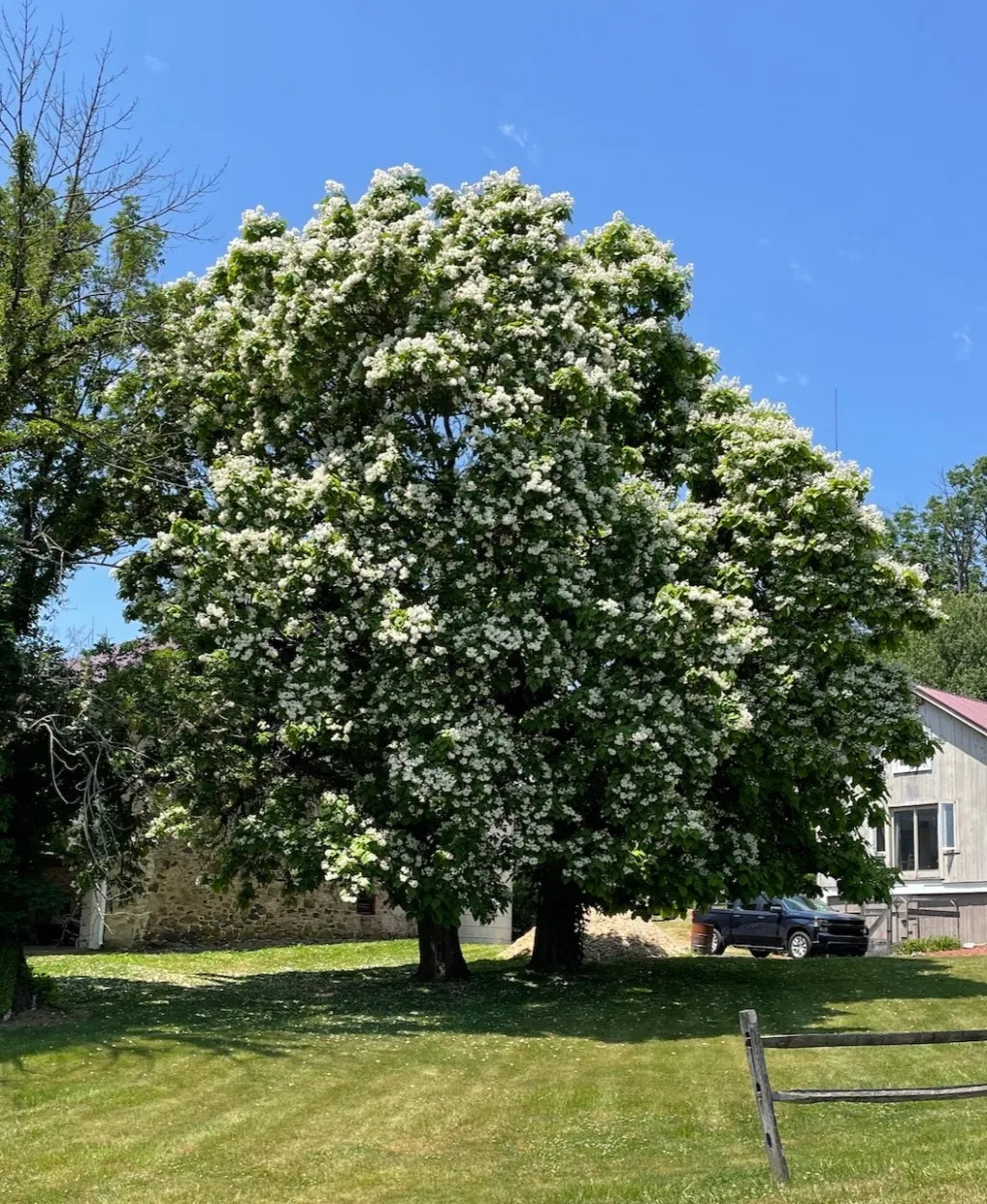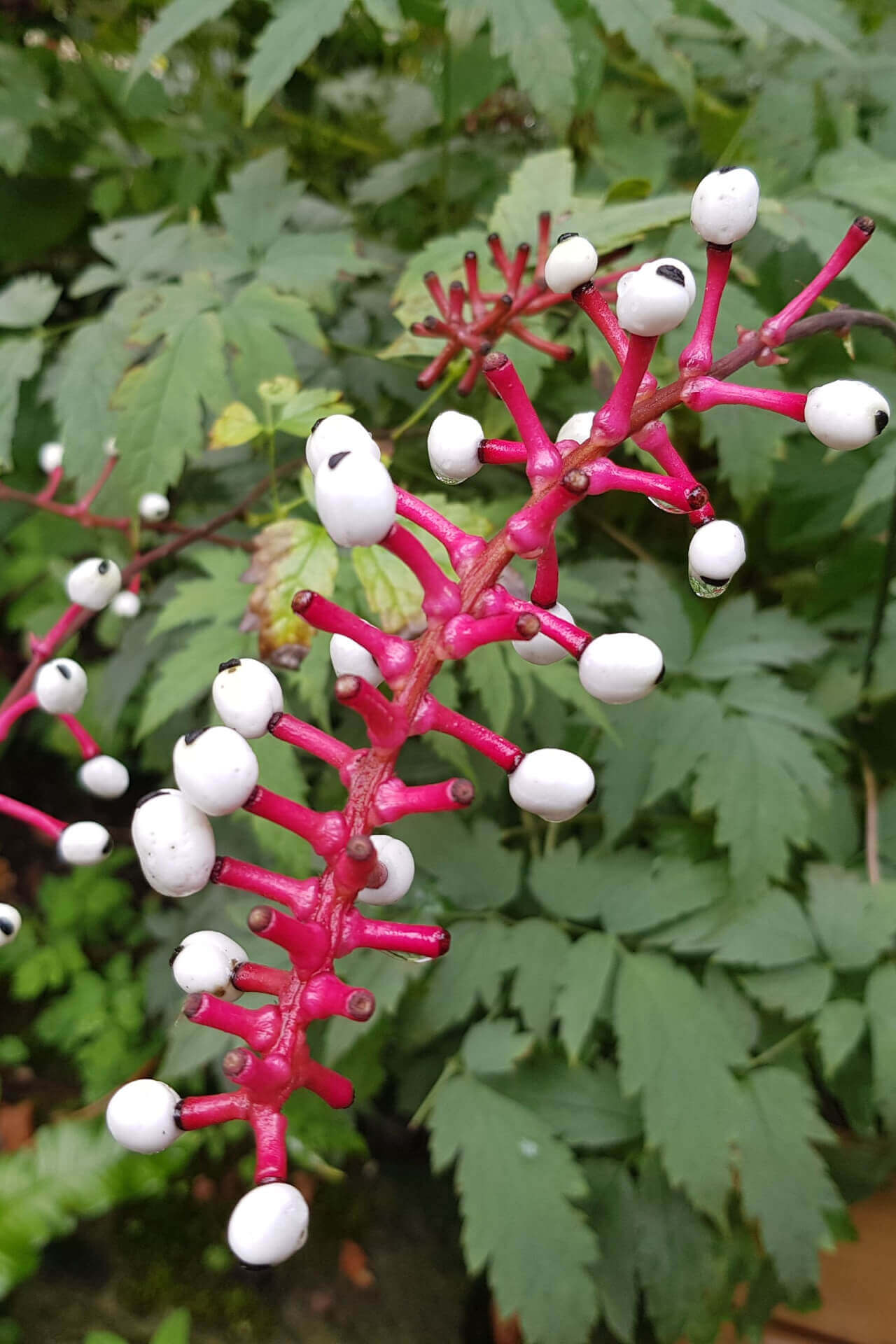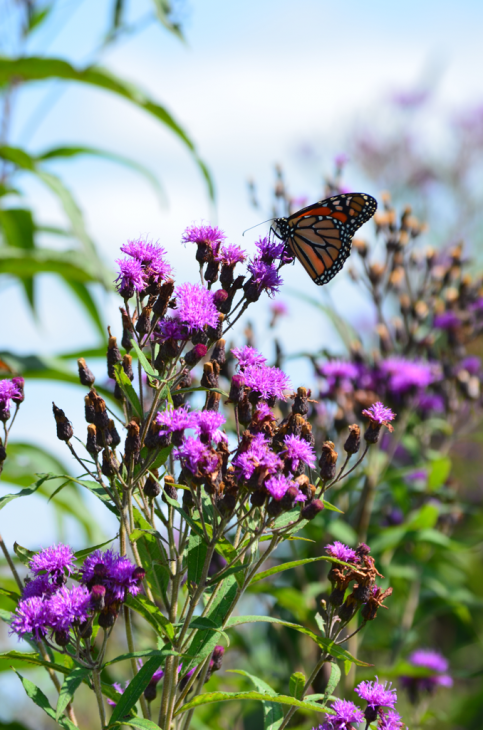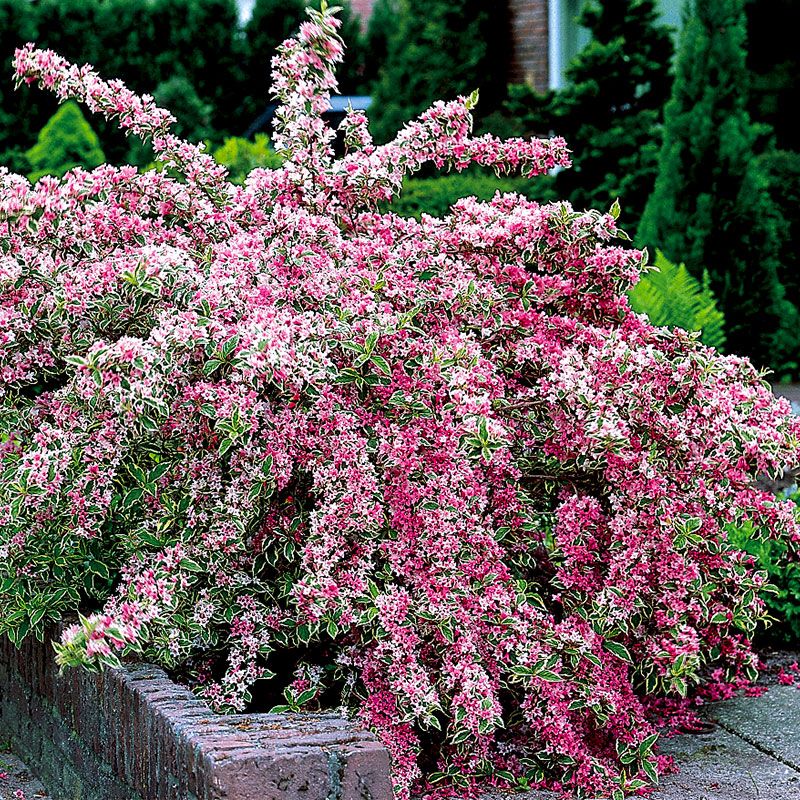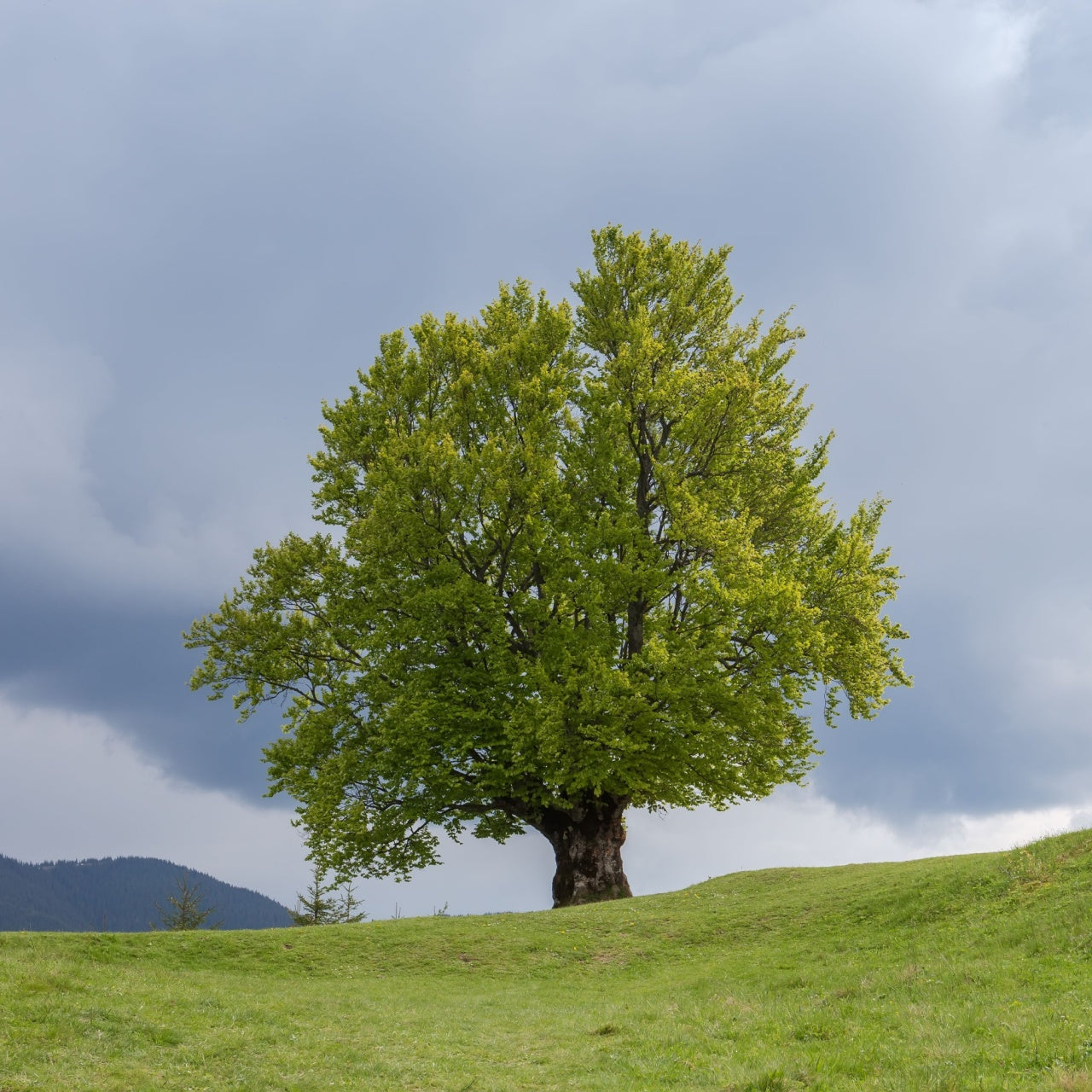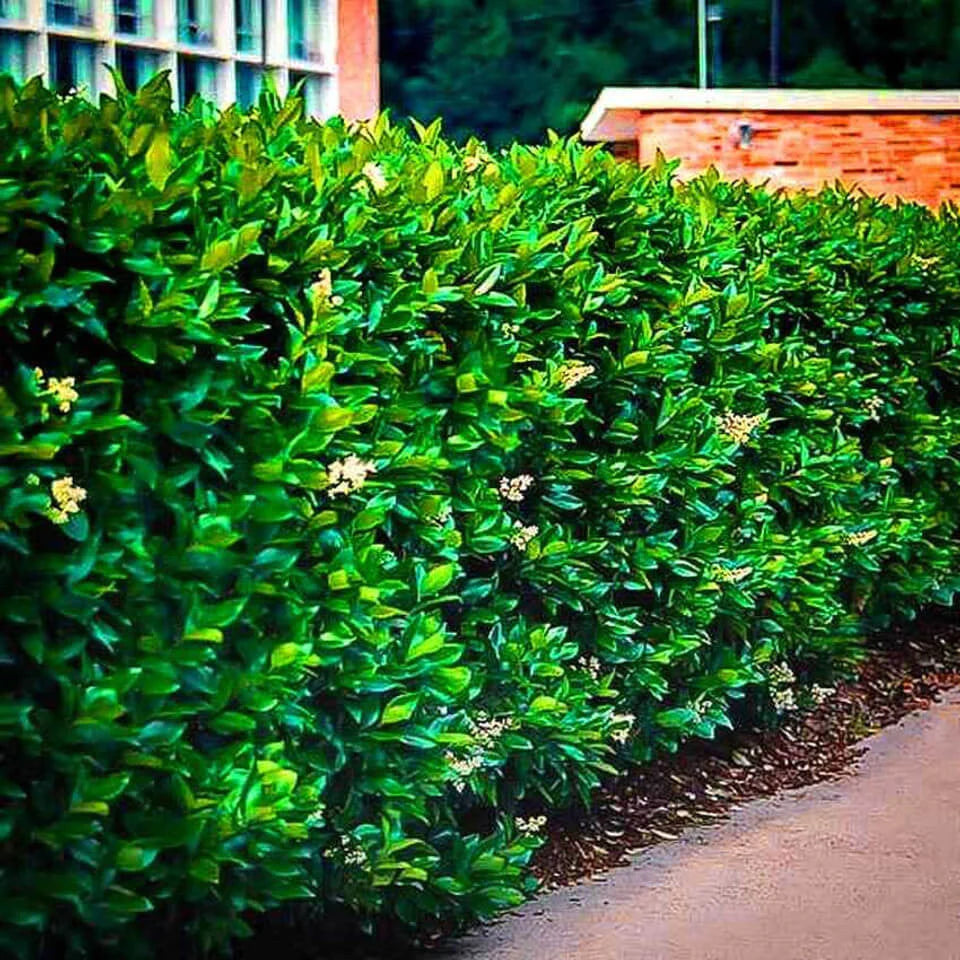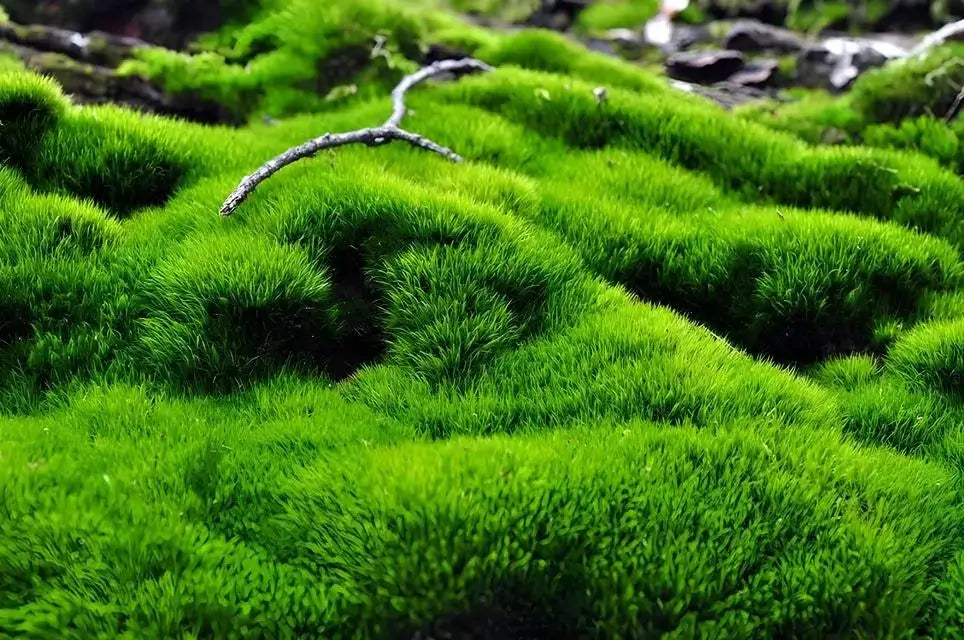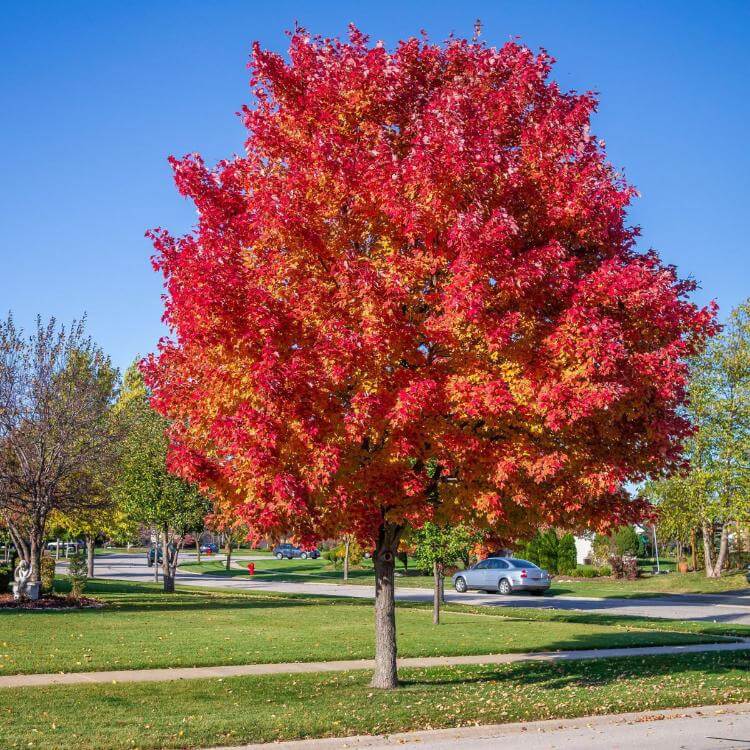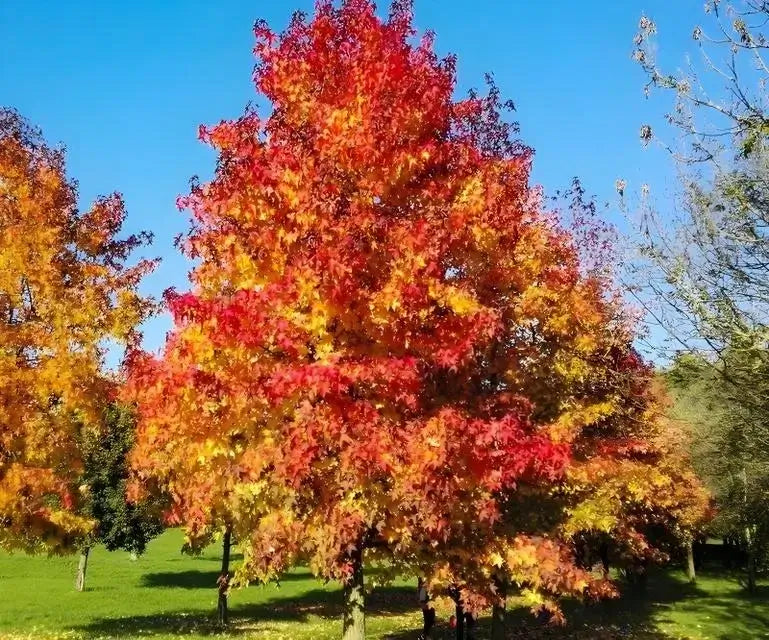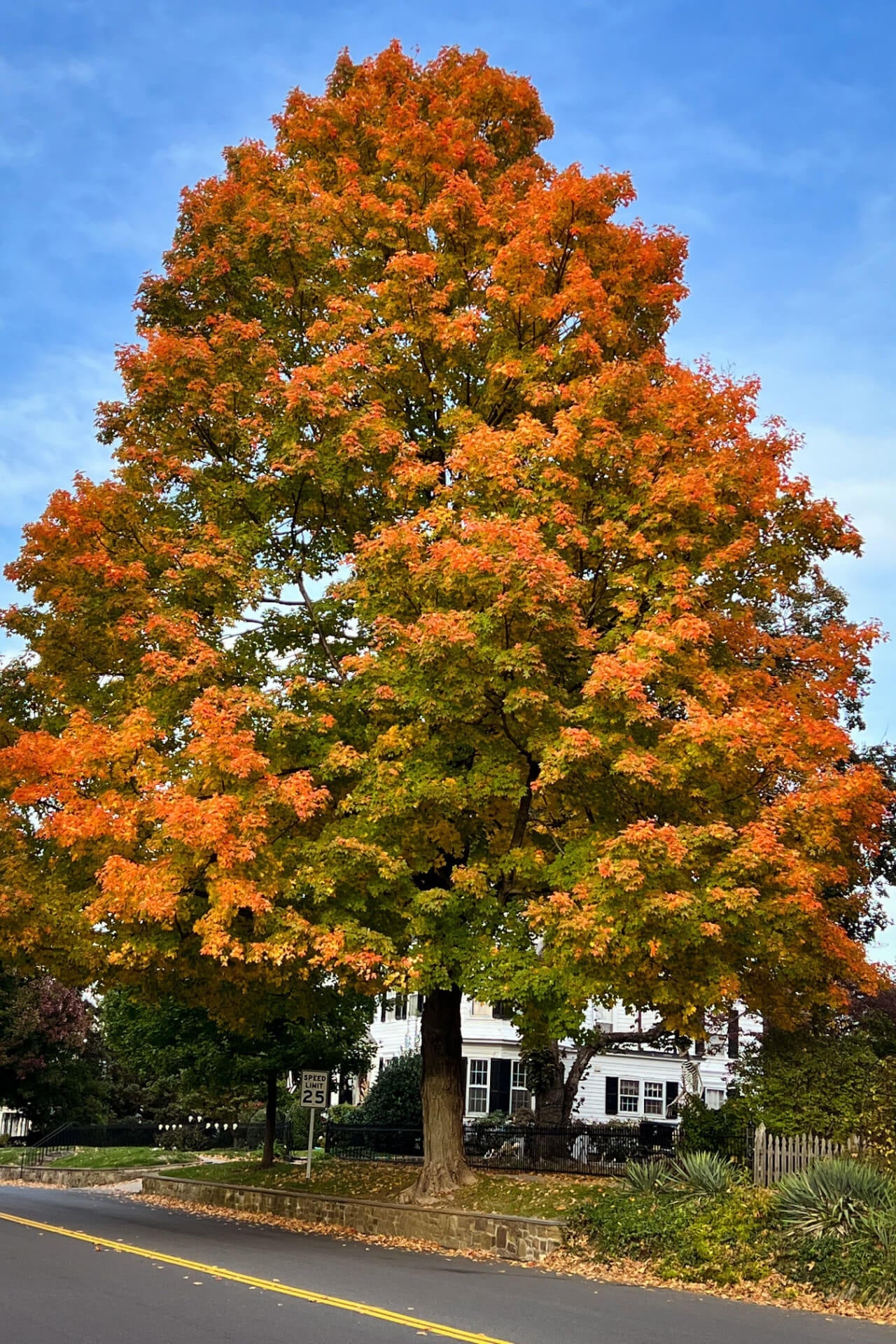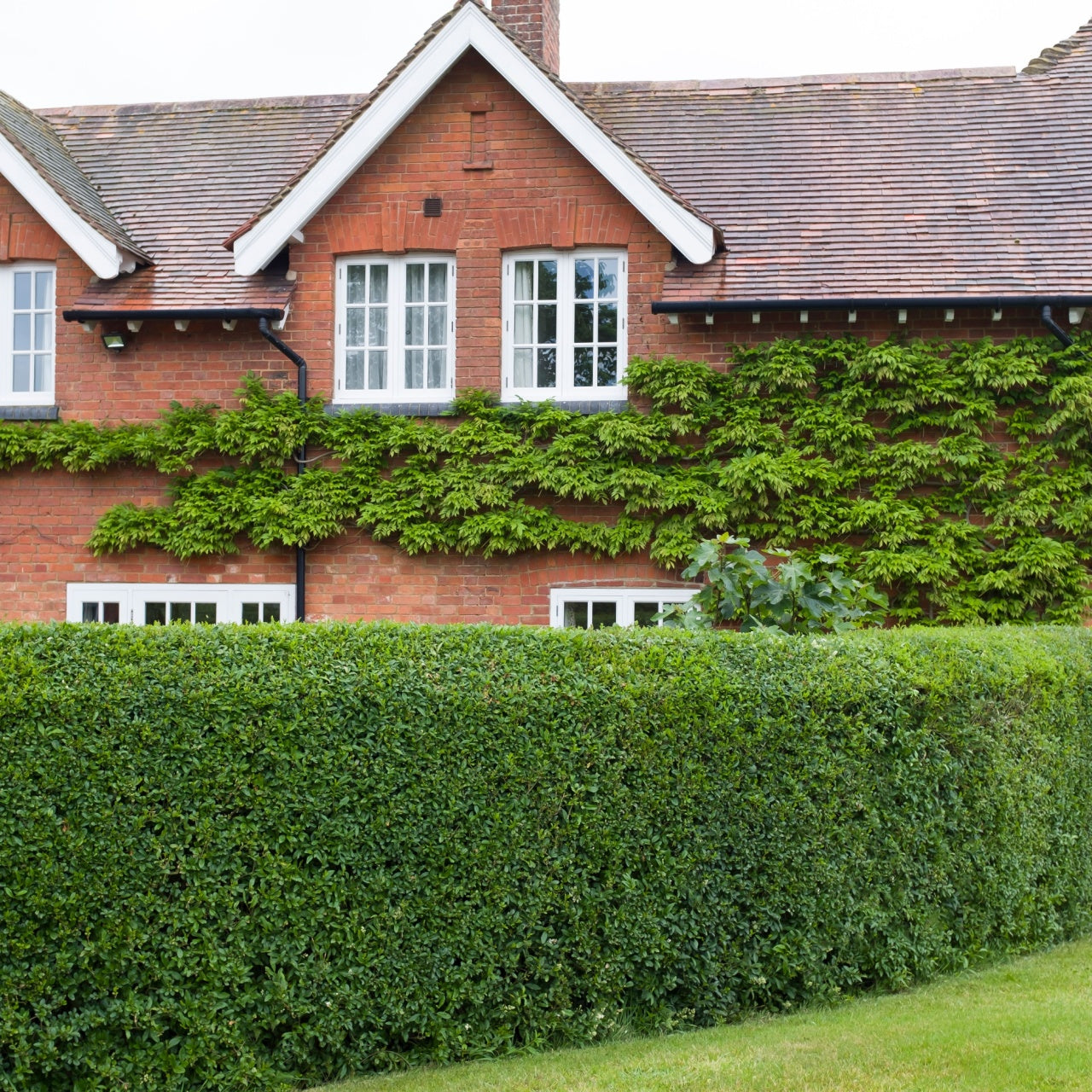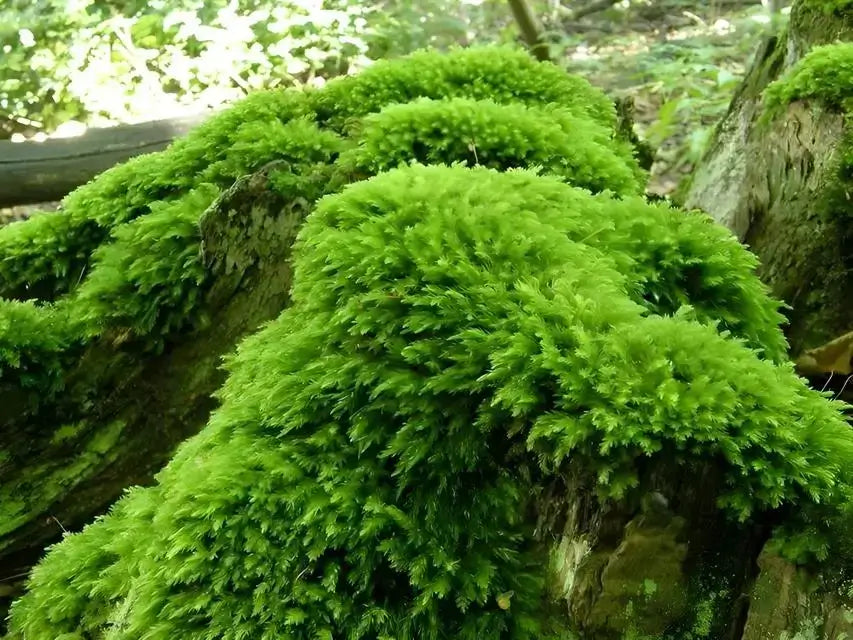Deer Resistant Plants – Grow a Garden Without the Worry
Few things are more frustrating than nurturing your garden only to find it nibbled down overnight. If deer are a regular visitor to your yard, selecting the right plants can make all the difference. Our collection of deer-resistant plants features reliable options that deer tend to avoid, so your blooms and foliage stay intact.
Protect Your Landscape with Beautiful, Hardy Choices
These aren’t just tough plants—they’re beautiful too. We’ve hand-selected a variety of flowers, shrubs, and perennials that add color, texture, and structure to your garden while naturally deterring deer. Whether you’re working with full sun, deep shade, or something in between, you’ll find plants here that suit your space and hold their ground.
Popular Deer Resistant Varieties:
Black Cohosh
Tall and elegant, with fragrant white flower spikes.
Bee Balm
A pollinator favorite with bold color deer tend to avoid.
Yarrow
Feathery foliage and long-lasting blooms in summer.
Boxwood Shrubs
Dense evergreens ideal for borders and structure.
Why TN Nursery?
We grow native, hardy plants that are proven to thrive in a wide range of conditions. Each order is shipped bare root and ready to plant—no guesswork, no filler. Our deer resistant plants aren’t chemically treated or altered; they naturally offer qualities that make them less appealing to browsing wildlife.
Browse our full selection of deer resistant plants and build a garden that’s both beautiful and protected—without sacrificing color, fragrance, or charm.

